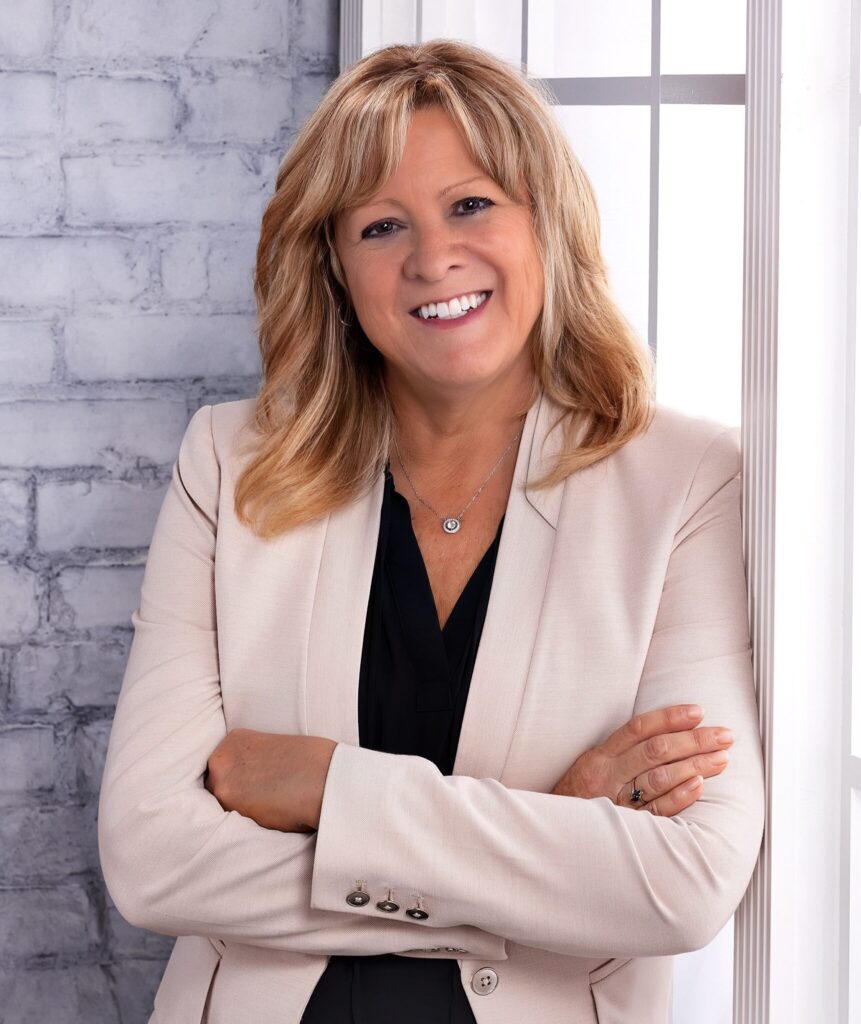NAB 2015 Tech: Snell’s Kahuna, Sirius & Maverik
Snell | Booth SL2009 | Website: www.quantel.com
At NAB 2015, Snell unveiled a format-independent, integrated multiviewer for its Kahuna switcher range, three new ‘Mav’ modules for its Maverik configurable switcher control panel and four major developments for its Sirius 800 series enterprise-level, multi-format router range.
The new Kahuna multi-format multiviewer is fully integrated into the switcher mainframe and will be a standard feature on all Kahuna 4800, 6400 and 9600 production switchers. The Kahuna multiviewer combines multiple formats into a single 1920 x 1080 multiviewer output head. Up to six output heads are supported, delivering up to 24 on-screen windows (or tiles). The multiviewer includes a wide range of preset layouts, and all external and internal sources on the Kahuna are selectable to all heads and windows, enabling users to instantly customize the display to the individual needs of a production, and save them as presets for future use.
The Kahuna multiviewer is designed to handle all the needs of more compact productions as well as a complementary role in larger productions — for example, handling in-production switching needs (backgrounds etc), so reducing the complexity and cost of the overall Multiviewer strategy. The Kahuna multi-format multiviewer will be released in mid-2015.
The modular architecture of the Kahuna Maverik configurable control panel allows complete flexibility in design and enables the panel to be reconfigured on a production by production basis. At NAB Snell introduced three new ‘Mav’ modules to extend this versatility even further — audio Mav, automation Mav and auxiliary Mav.
The audio and automation Mavs are both aimed at delivering comprehensive single person operation. The automation Mav enables one-button call-up of pre-built scenarios; for example, switching in field-side reporters inset into the main studio background. The new audio Mav gives the switcher operator instant audio level control – for example, to cut out crowd sounds or passing traffic. The auxiliary Mav enables comprehensive local auxiliary control – external DVEs, switching in specific locations or in-program set-ups.
The four major developments for the Sirius 800 series enterprise-level, multi-format router range are input embedding, 2K x 2K capability, IP routing and a new control panel.
Input embedding is a new development unique to Snell. It enables Sirius 800 users to gain typically 30% more usable ports in the same frame, just by upgrading software and firmware. Input embedding enables any incoming audio channel (embedded, AES or MADI) to be routed via the audio crosspoint rather than looping the finished package from an output back to the input for subsequent distribution to multiple outputs. This means finished packages are created on the video input module, and as can be seen from the attached illustrations, this saves one output and one input, freeing them up for other routing needs. It also eliminates looping cables and saves cost, power and space.
Also at NAB, Snell announced that the Sirius 850 can now be expanded to 2K x 2K (in fact, 2304 x 2304) by expanding the number of Sirius mainframes using Snell’s proven interconnect technology to provide guaranteed performance at 2K x 2K. This has been achieved with no change to the router core; just new rear panels and control software are required to upgrade. This new capability will be available later this year on both new systems and retrofitted to existing systems.
Controlling all this power and capability is equally vital to smooth operations and at NAB, Snell introduced a brand new control panel with large LCD relegendable buttons. The new control panel delivers all the familiar Snell functionality but with the added benefit of larger text which enhances control assurance in the high-pressure on-air environment.
Finally, Sirius 800 is naturally a central component in Snell’s hybrid IP routing roadmap, and at NAB new IP/SDI and SDI/IP input and output capabilities were announced. These IP modules will coexist alongside SDI ports in the Sirius mainframe, under standard Sirius control — the operator will not need to be aware whether they are working with IP, SDI or both. As with Snell’s other IP developments, multiple codecs will be supported, including VC-2 and SMPTE 2022-6 as well as uncompressed. Proof of concept is expected later this summer with product release scheduled for 4Q 2015.
Read TVNewscheck’s other NAB Show technology coverage here. Find our full convention coverage here.


























Comments (0)